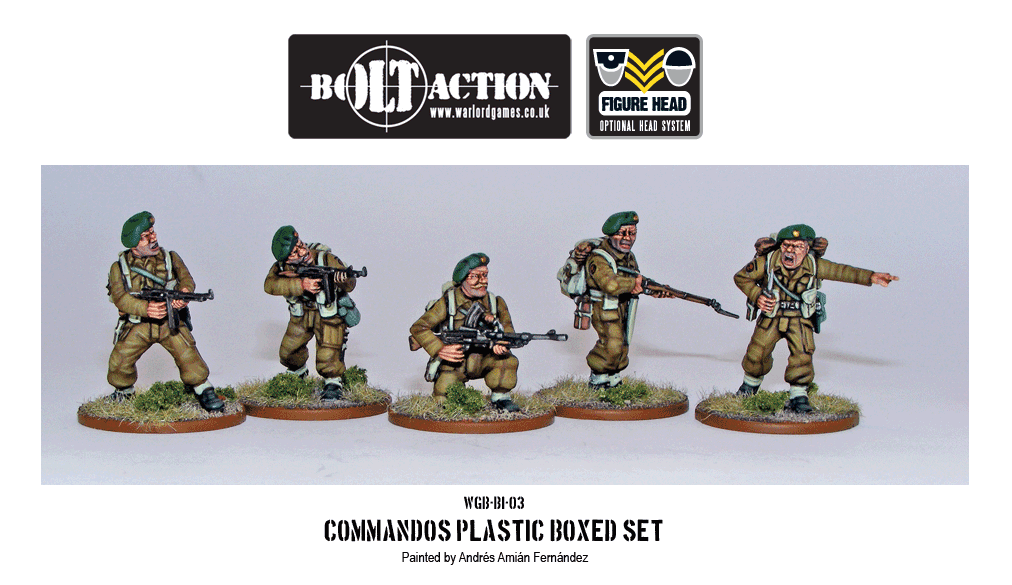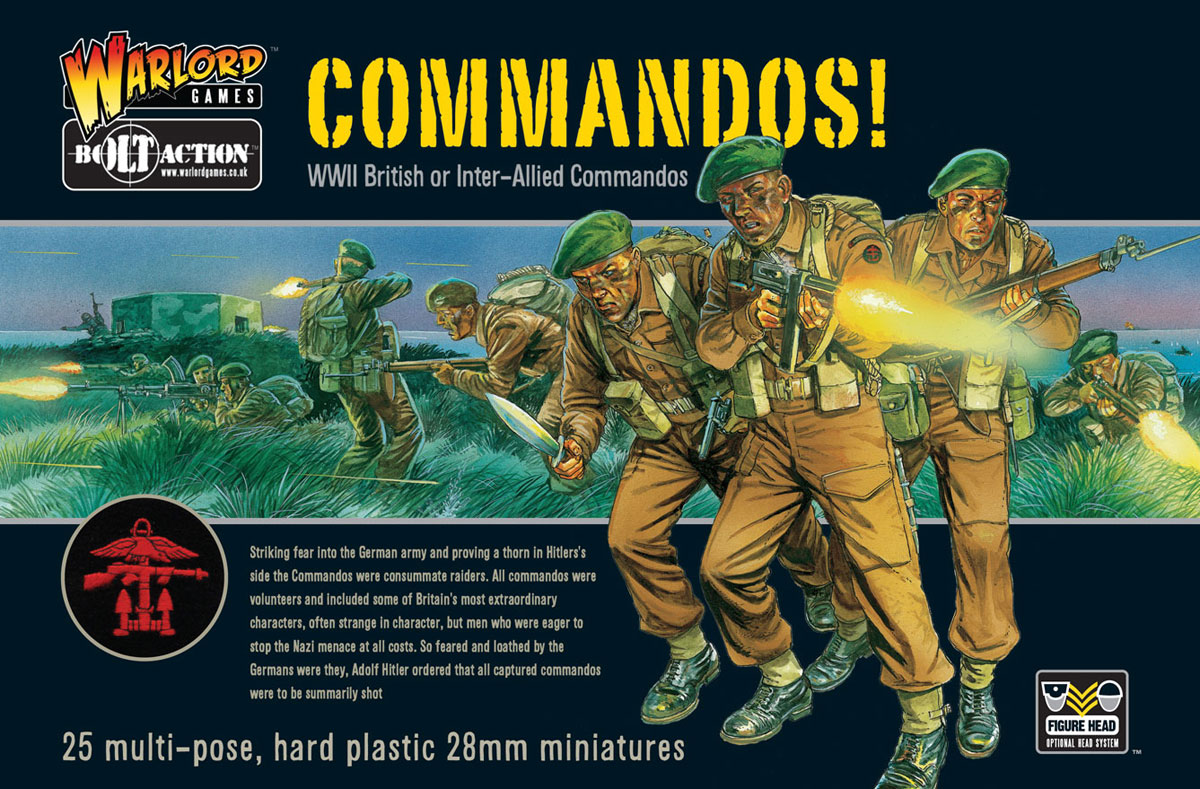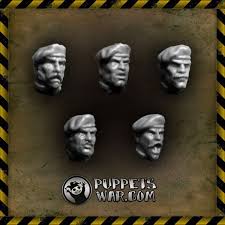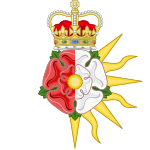 The green beret was the official headdress of the British Commandos of the Second World War. It is still worn by members of the Royal Marines after passing theCommando Course and men from other units attached to the Marines who have passed the All Arms Commando Course.
The green beret was the official headdress of the British Commandos of the Second World War. It is still worn by members of the Royal Marines after passing theCommando Course and men from other units attached to the Marines who have passed the All Arms Commando Course.
There are certain other military organizations which also wear the green beret because they have regimental or unit histories that have a connection with the British Commandos of the Second World  War. These include the Australian, French and Dutch commandos and the United States Army Special Forces (Green Berets). It is the norm in the armed forces of the Commonwealth Nations, where
War. These include the Australian, French and Dutch commandos and the United States Army Special Forces (Green Berets). It is the norm in the armed forces of the Commonwealth Nations, where  most regiments wear hats or cap badges which reflect regimental battle honours and traditions.
most regiments wear hats or cap badges which reflect regimental battle honours and traditions.
 War. These include the Australian, French and Dutch commandos and the United States Army Special Forces (Green Berets). It is the norm in the armed forces of the Commonwealth Nations, where
War. These include the Australian, French and Dutch commandos and the United States Army Special Forces (Green Berets). It is the norm in the armed forces of the Commonwealth Nations, where  most regiments wear hats or cap badges which reflect regimental battle honours and traditions.
most regiments wear hats or cap badges which reflect regimental battle honours and traditions.




No comments:
Post a Comment